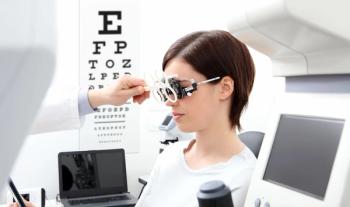
The contact lens follow-up factor: The full conversation with Drs Brianna Rhue and Diana Canto-Sims

Rhue and Canto-Sims tackle the problem of many optometry practices losing significant revenue due to ineffective follow-up systems.
Diana Canto-Sims, OD, and Brianna Rhue, OD, FAAO, FSLS, dicuss the critical issue of contact lens patient follow-up in optometry practices by featuring Dr Contact Lens, a system designed to automate contact lens sales and patient retention. The key problem highlighted is that many optometry practices are losing significant revenue due to ineffective follow-up systems. Specifically, practices are potentially losing thousands of dollars because:
- Many contact lens prescriptions are not fully captured
- Patients are confused by complex pricing and multiple steps
- Practices lack an efficient automated follow-up mechanism
Dr. Contact Lens offers a solution that integrates with existing electronic medical records to streamline the contact lens sales process. The system provides several key benefits, including automatic prescription tracking, patient reminder systems, simplified ordering process, and revenue recovery capabilities
Rhue shared impressive success stories, including a practice making $55,863 within 2 hours of implementation, with another practice generating $94,000 in just 1 week.
The financial implications are substantial. Without a proper system, practices could be losing approximately $200,000 per doctor annually. The Dr. Contact Lens solution costs less than $11 per day - comparable to a daily coffee purchase. Key takeaways for optometry practices include patient retention and loyalty; increased revenue and reorders; improved patient compliance and eye health; reduced staff workload; competitive advantage against online retailers; and enhanced patient experience.
Rhue emphasized that the system is not about replacing human work, but making practices more effective. The goal is to help doctors maintain control of patient care while leveraging technology to streamline processes. The discussion concluded by encouraging practices to be curious, innovative, and proactive in adopting technological solutions that can transform their contact lens patient management.
Newsletter
Want more insights like this? Subscribe to Optometry Times and get clinical pearls and practice tips delivered straight to your inbox.


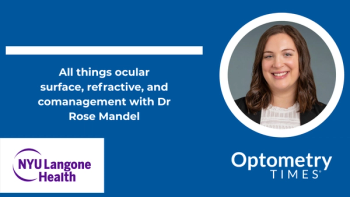
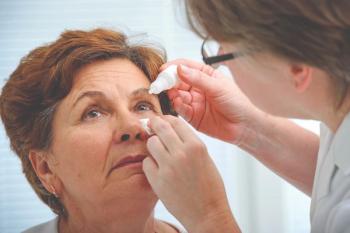
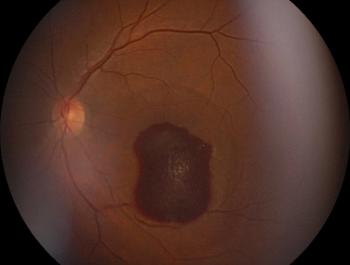
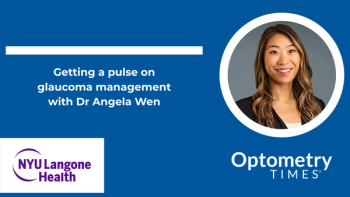













































.png)


